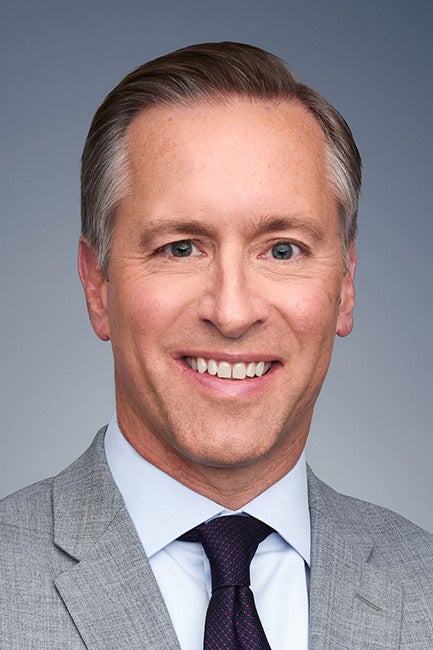Unleashing the Talent Inherent in Every Individual
Editor's note: This article originally appeared in Forbes in April 2023.
The American Dream is core to our shared ideals as a nation, but sadly unrealized with post-secondary pathways becoming increasingly inaccessible and devalued. While important steps have been taken to democratize higher education, still today fewer than 50% of US adults have earned a post-secondary credential that could benefit their careers, change their lives, and transform their families. Equity gaps stubbornly remain: students who grow up in the lowest income quartile are nearly five times less likely to earn a Bachelor’s degree by age 24 than those who grow up in the highest income quartile, according to the Pell Institute. While these conditions are indeed troubling, they point to an opportunity for sector-wide disruption to take root. And, given the trends shaping the future of work (automation, artificial intelligence, machine learning, shortening shelf life of skills, etc.), the disparity between expectations and reality in higher education may ultimately be a catalyst for good.
For years, higher education has undergone demographic shifts that point to the need for new and innovative models, yet many of our nation’s institutions are ill-equipped to serve a more diverse student body. In addition to affordability constraints, work, family obligations, military deployments, lack of college readiness, diminished vocational identity, mental and emotional barriers, and declining belief in value are some of the things that keep would-be students from pursuing a credential. The failure of many institutions to adapt is also to blame—as an industry, we’ve struggled to keep up with the varying needs of America’s diversity of learners, content with catering to a younger “traditional” student body that no longer reflects reality.
Today the majority of learners are part of a diverse group of individuals who share one thing in common: they are typically excluded in both existing and new program design. Often over age 22, who work at least part-time, likely pay for school independently, and have limited discretionary budgets, these individuals aren’t looking for a coming-of-age experience but rather a path to economic prosperity, with the flexibility to learn on their schedule.
For institutions to thrive in this contemporary context, it’s imperative we embrace the broader set of individual needs and adapt our models accordingly. This idea is by no means novel; however, institutions are restricted by antiquated notions of how best to serve students, regulatory prescriptions, contending priorities, and more. Leaders of colleges and universities may also contend with established incentive and budget mechanisms that propagate current models, thus hindering their ability to innovate. Still, there are elements within leaders’ control. In my role as a university president and from prior experiences leveraging technology to transform other industries, I have found the late Clayton Christensen’s body of work on sector transformation to be particularly relevant to higher education. By borrowing tenets from his disruptive playbook, institutions can simultaneously advance their legacy and work to reinvigorate, even re-invent, higher education as a pathway that can be traveled by every individual.
Finding an innovation foothold among a new class of learners
While many four-year, place-based universities continue to focus on emerging adults, the proliferation of innovative online and hybrid universities means learners have more options available to them than ever before. Yet millions of individuals who could benefit from additional education still aren’t being served due to an institutional failure to develop the appropriate service models—individuals Christensen would call non-consumers.
The needs of these potential learners vary widely. Some have experience with higher education and others do not; some are trapped in low-resilient careers while others have stable employment and are looking to advance. Meeting these distinct learner populations where they are will require institutions to do things differently—a scary proposition for legacy institutions whose processes aren’t exactly malleable—but that’s exactly the point. If we are to keep pace with the fast-changing needs of our future economy, we can’t continue with business as usual.


